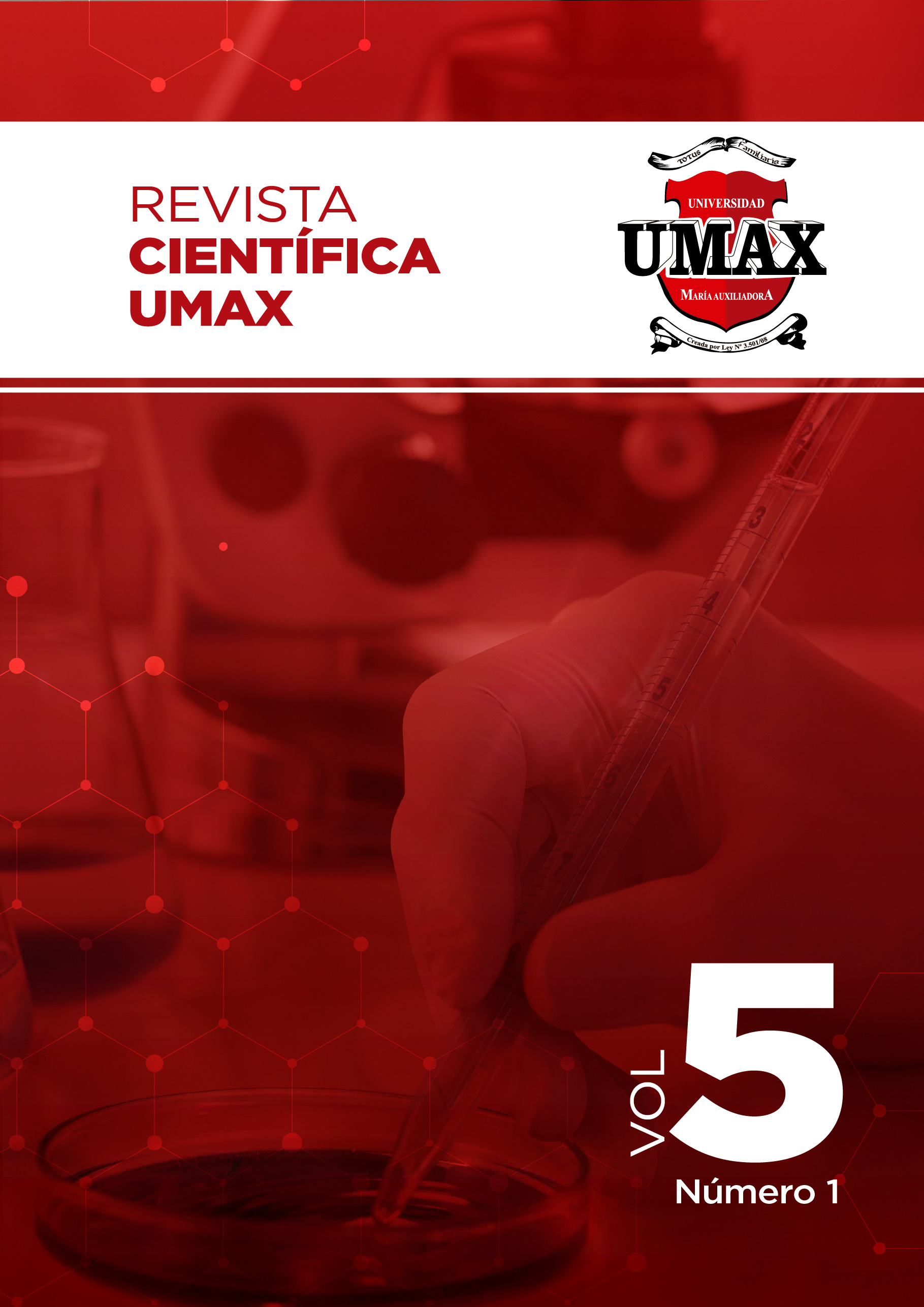Abstract
Introduction: Urinary tract infection (UTI) is a difficult disease to diagnose in newborns (NBs) because it presents with very nonspecific symptoms. Aims: To identify the clinical, epidemiological, and microbiological characteristics of newborns (NBs) with urinary tract infection (UTI) in a referral center. Material and Methods: An observational, descriptive, retrospective study of 57 newborns admitted to the Neonatology Department of the National Hospital from January 2021 to December 2022 with a diagnosis of UTI. Patients of both sexes with a positive urine culture for a single germ were included, excluding patients with
incomplete medical records. The analysis was performed with EPI INFO 7 software, using descriptive statistics. Results: Of 57
newborns, 30 (52.6%) were male. The mean gestational age was 35 ± 2.7 weeks; with the following distribution: 28-29
weeks 1 (1.7%), 30-34 weeks: 29 (50.9%), 35-37 weeks: 13 (22.8%) ≥38 weeks: 14 (24.6%) Average birth weight; 2143 ± 910 grams, had intrauterine growth retardation (IUGR) 27 (48.8%). Clinical characteristics: Stopped weight gain: 34 (60%), jaundice: 28 (49.8%), apnea: 27 (47.3%), poor peripheral perfusion: 26 (46.5%), vomiting: 5 (8.77%), diarrhea: 2 (3.55%), vesicoureteral reflux; 2 (3.5%). The most common pathogen was Klebsiella pneumoniae 23 (40.4%), with 82.6% (19/23) being extended-spectrum beta-lactamase (ESBL)-producing strains. Candida species were observed in 7% (3/43). Sepsis was observed in 26% and meningitis in 7%. Conclusions: UTIs were more common in newborns, manifesting with nonspecific symptoms. The most frequently isolated pathogen was Klebsiella pneumoniae. The frequency of ESBL-producing strains was high, and vesicoureteral reflux was low.

This work is licensed under a Creative Commons Attribution 4.0 International License.

